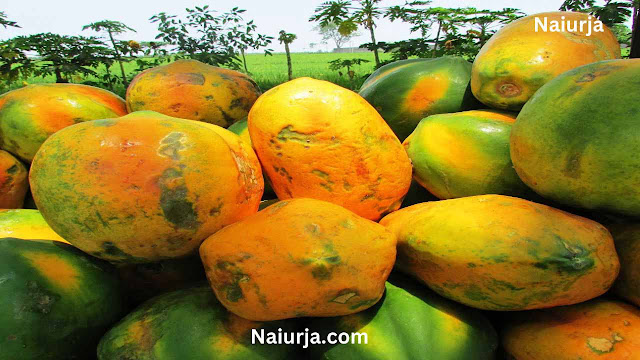What is Lala Lajpat Rai famous for, know what are his main slogans
Biography of Lala Lajpat Rai
Lala Lajpat Rai was an Indian freedom fighter and social reformer, born on January 28, 1865, in a small village called Dhudike in the Punjab region of British India. He was popularly known as “Punjab Kesari,” which means “Lion of Punjab,” for his fearless and courageous personality.
Lajpat Rai received his early education in the village school, and later he moved to Lahore, where he studied law. After completing his studies, he started practicing law in the court of Hissar. However, his interest in social and political reform drew him towards public life.
He actively participated in the Indian nationalist movement and was a prominent leader of the Indian National Congress. He was one of the founding members of the Punjab National Bank and also established the Servants of People Society, which aimed to provide education and health services to the people.
Lajpat Rai was a fierce critic of the British colonial rule in India, and he used his speeches and writings to expose their injustices and demand freedom for the country. He was a strong advocate of Swadeshi movement, which promoted the use of Indian-made products and boycotting British goods. He also played a crucial role in the Non-Cooperation movement, which aimed to resist British rule through nonviolent means.
In 1928, Lajpat Rai led a protest march against the Simon Commission, which was appointed by the British government to review and suggest reforms in the Indian constitution. The police brutally lathi-charged the protestors, and Lajpat Rai sustained severe injuries, which led to his untimely death on November 17, 1928.
Lala Lajpat Rai was a visionary leader who dedicated his life to the service of his country and people. His contribution to India’s freedom struggle remains an inspiration for generations to come.
Why is Lala Lajpat Rai called Punjab Kesari?
Lala Lajpat Rai is called “Punjab Kesari,” which means “Lion of Punjab,” because of his fearless and courageous personality, and his significant contributions to the Indian freedom struggle. He was a prominent leader of the Indian National Congress and actively participated in the Indian nationalist movement, advocating for the rights and freedom of the Indian people.
His efforts to expose the injustices of the British colonial rule and to promote the use of Indian-made products made him a popular figure among the people of Punjab. He also founded the Punjab National Bank, which helped to promote economic growth in the region.
Lala Lajpat Rai was a powerful orator and a passionate advocate for India’s freedom, and he fearlessly stood up to the British authorities, even in the face of great personal risk. His leadership and contributions to the freedom struggle earned him the title of “Punjab Kesari,” which is a testament to his courage, strength, and unwavering commitment to the people of Punjab and India as a whole.
Read more :- Why was Ravidas named Ravidas
What is Dayanand Saraswathi famous for
Which newspaper was started by Lala Lajpat Rai?
Lala Lajpat Rai, the Indian freedom fighter and social reformer, started a newspaper called “The People” in 1916. The newspaper was published in English and aimed to propagate the ideals of Indian nationalism and freedom struggle.
Lala Lajpat Rai used the newspaper as a platform to raise awareness about the oppressive policies of the British colonial government and to advocate for the rights of Indian people. The paper covered a wide range of issues related to Indian politics, social and economic reforms, and the struggle for independence.
The People was widely read by the Indian public, and it played a significant role in shaping public opinion and mobilizing people in support of the Indian nationalist movement. The newspaper also helped to create a sense of national unity and identity among Indians.
Despite facing government censorship and restrictions, Lala Lajpat Rai continued to publish The People and used it to criticize the British government and to promote the idea of Swaraj or self-rule for India. The newspaper became an important tool in the Indian freedom struggle and remains an important part of Lala Lajpat Rai’s legacy.



.jpg)
.jpg)
.jpg)


.jpg)
.jpg)